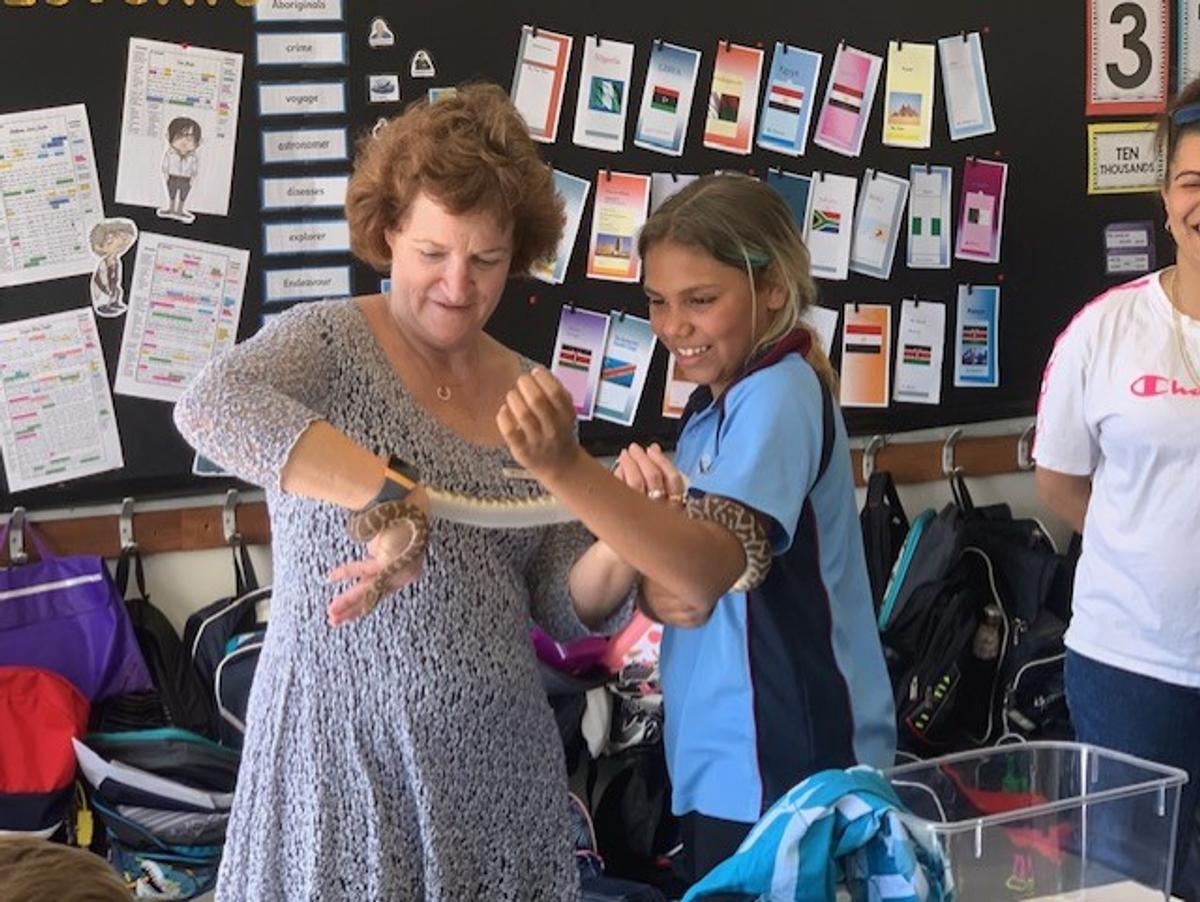Last term, Room 27 had a very exciting visitor. Felicia's mum brought in their family pet which is a Stimson's Python. Felicia gave us lots of information on how to handle and look after snakes. We also got to look at a snakeskin that had been shed by her snake. Although this is not an aggressive snake it could still give a painful bite if provoked.
Remember: Not all snakes are harmless. As the weather is warming up, snakes are becoming more active so stay alert and move away if you see a snake.
Interesting Facts:
- Snakes are carnivores (meat-eaters).
- Snakes don’t have eyelids.
- Snakes can’t bite food so have to swallow it whole.
- Snakes have flexible jaws which allow them to eat prey bigger than their head!
- Snakes have internal ears but not external ones.
- There are around 3000 different species of snake.
- Snakes have unique anatomy which allows them to swallow and digest large prey.
- Snakes are covered in scales.
- Snakeskin is smooth and dry.
- Snakes shed their skin a number of times a year in a process that usually lasts a few days.
- Snakes smell with their tongue.
- Pythons kill their prey by tightly wrapping around it and suffocating it in a process called constriction.
- Some sea snakes can breathe partially through their skin, allowing for longer dives underwater.
- Anacondas are large, non-venomous snakes found in South America that can reach over 5 m (16 ft) in length.
- Python reticulates can grow over 8.7 m (28 ft) in length and are considered the longest snakes in the world.
(https://www.sciencekids.co.nz/sciencefacts/animals/snake.html)








